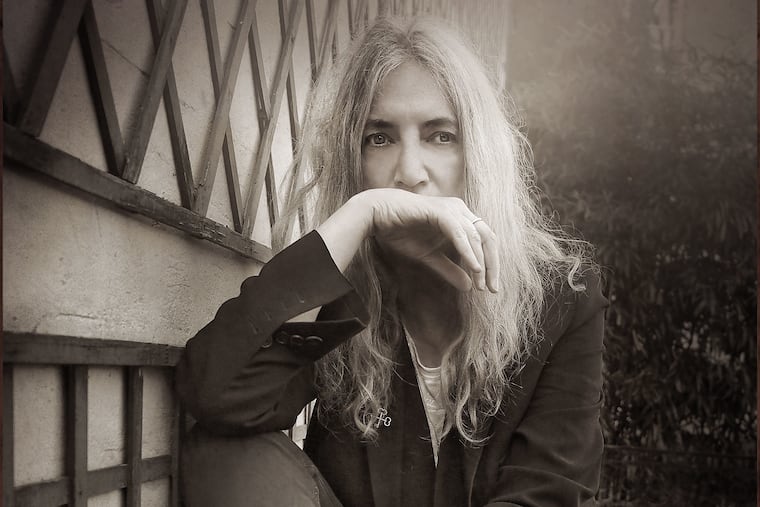Patti Smith remembers growing up in Germantown and S. Jersey before two homecoming shows
The seminal punk poet is excited to play the museum where she first saw a Picasso.

The seminal punk poet is excited to play the museum where she first saw a Picasso.
